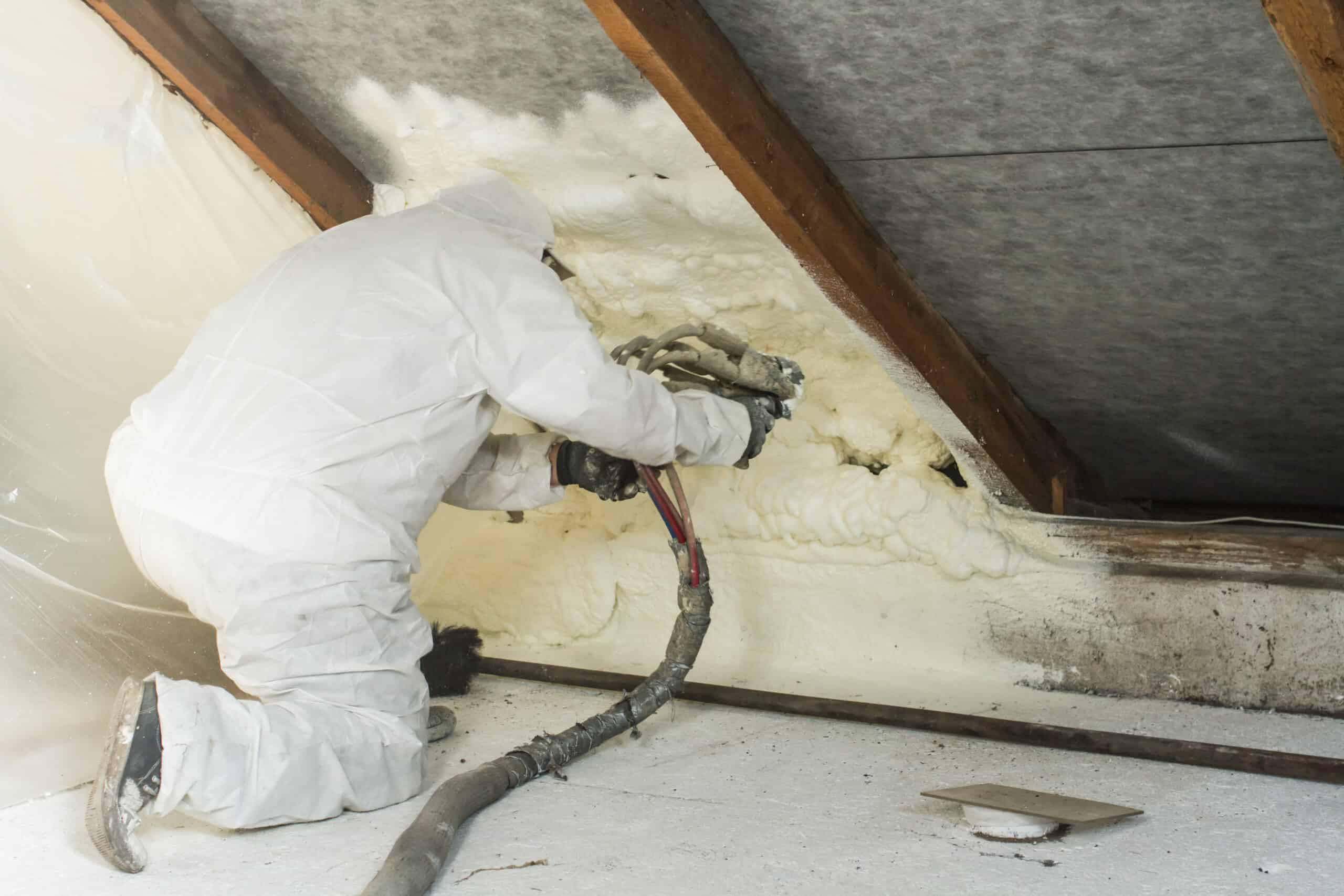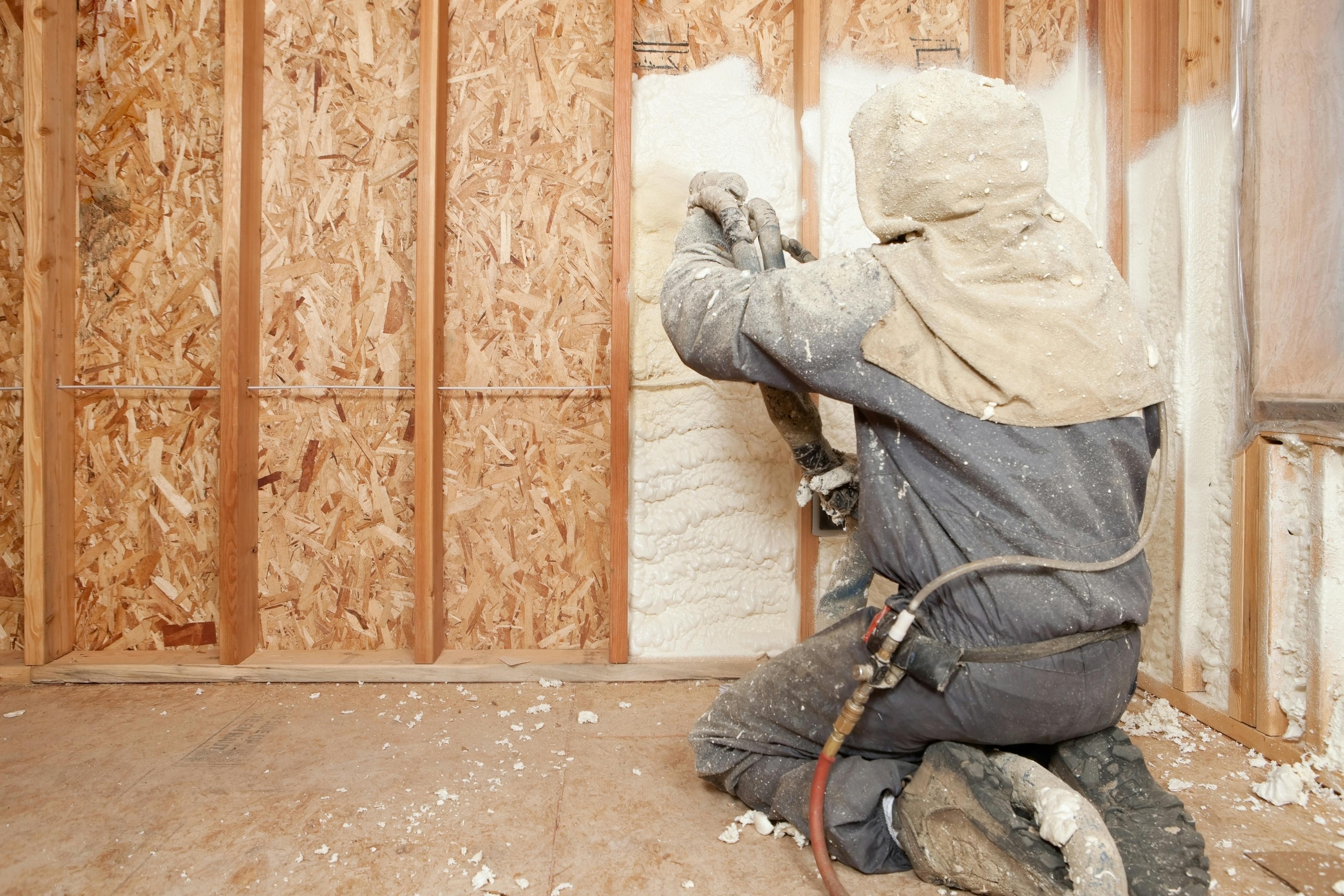Homeowners in Malakoff, TX seeking energy efficiency must prioritize insulation. The right insulation choice immediately improves thermal regulation, slashes utility costs, and fortifies structural integrity. The most impactful change for energy-conscious properties begins in the walls, roof, and attic—with proper insulation tailored to East Texas’s humid subtropical climate.
Modern insulation solutions reduce HVAC reliance, regulate indoor comfort, and increase long-term ROI through energy savings. Decades of real-world experience show that improperly insulated homes in Malakoff lose up to 40% of cooled or heated air through walls and attics alone (source: U.S. Department of Energy, 2023). This article outlines how specific insulation types perform under Malakoff’s seasonal demands and explains what transforms a standard home into an energy-efficient system.
Why trust this guide? The information provided is grounded in firsthand application of open cell, closed cell, and fiberglass insulation technologies across East Texas. All content reflects field-tested results from residential and commercial properties facing similar climate challenges.
Why Insulation Drives Energy Efficiency in East Texas
Insulation acts as the barrier between your conditioned air and the fluctuating outdoor climate. In Malakoff, where summer temperatures often exceed 95°F and humidity peaks regularly, thermal resistance (R-value) and air sealing are key.
Homes insulated with high-performance materials maintain tighter thermal envelopes, stabilizing indoor temperatures and reducing HVAC runtime. This direct impact reduces energy consumption by 25–50%, depending on the type and application of insulation (source: Energy Star, 2024).
Technical Performance Table (R-Values and Features by Insulation Type)
| Insulation Type | R-Value per Inch | Air Barrier | Vapor Barrier | Typical Use Areas | Soundproofing |
| Open Cell Spray Foam | 3.6 – 3.9 | Yes | No | Interior walls, attics | High |
| Closed Cell Spray Foam | 6.5 – 7.2 | Yes | Yes | Exterior walls, roofs | Moderate |
| Fiberglass Batt | 2.9 – 3.8 | No | No | Walls, floors, ceilings | Low |
| Fiberglass Loose Fill | 2.2 – 2.7 | No | No | Attics, wall cavities | Moderate |
| Paint Over Spray Foam | N/A | No | Moisture-resistant | Over foam applications | Varies |
Practical Benefits in Malakoff’s Climate
Closed cell spray foam outperforms in humid zones like Henderson County due to its dense structure and dual-function barrier (air and vapor). Fiberglass is cost-effective but underperforms in sealing moisture or air leaks—an issue during Texas’s wet springs and humid summers.

Bonus Tip
In high-humidity zones, unvented attics with closed cell foam dramatically improve energy efficiency by eliminating moisture drift from rooflines—reducing mold risk and extending HVAC life.
Comparison Table: Choosing the Right Insulation for Different Priorities
| Priority | Best Insulation Type | Reason |
| Maximum Energy Savings | Closed Cell Spray Foam | High R-value + vapor barrier ideal for East TX summers |
| Soundproofing Between Rooms | Open Cell Spray Foam | Expands into cavities, excellent noise absorption |
| Lowest Upfront Cost | Fiberglass Batt | Readily available and simple to install |
| Retrofit in Attics | Fiberglass Loose Fill | Fills irregular spaces effectively |
| Air and Moisture Control | Closed Cell Spray Foam | Completely seals gaps and blocks vapor intrusion |
| Eco-Friendliness | Open Cell Spray Foam | Low-density formulation with fewer petrochemicals |
Things to Consider Before Making a Decision
Before selecting insulation, factor in property age, structure type, and existing energy performance. Critical elements include:
- Roof Pitch and Material: Some materials may trap heat; closed cell foam is preferred under metal roofing.
- Existing Ventilation: Ensure balance; overly tight sealing without air exchange can cause humidity buildup.
- Project Scope: Retrofitting vs. new construction affects insulation options and prep requirements.
- Budget Planning: Cost must be balanced with performance over the lifespan of the insulation (typically 20–50 years).
Bonus Tip
Use blower door tests before and after installation to measure real-world air leakage and validate performance improvements.
Available Insulation Services Backed by Field Expertise
These services are tailored for optimal application in East Texas homes:
- Open Cell Insulation
Lightweight foam ideal for interiors and sound-sensitive spaces. Best for walls and attics where moisture isn’t a concern.
- Closed Cell Insulation
High-density option with built-in air and vapor barrier. Essential for roofs, crawl spaces, and humid-exposed areas.
- Fiberglass Batt Insulation
Pre-cut blankets used in standard framing. Common in walls and floors of newer homes with sealed structures.
- Fiberglass Loose Fill Insulation
Blown-in solution for attics and hard-to-reach cavities. Suits older homes undergoing upgrades.
- Paint Over Spray Foam
Protective coating applied over foam installations. Adds moisture resilience and aesthetic finish.
- Spray Foam Roof Insulation
Applied directly under roofing material to reduce radiant heat transfer and air leakage.
Common Questions Before Choosing Insulation
- Which insulation type offers the highest ROI in East Texas homes?
Closed cell spray foam delivers the best long-term savings and performance in this climate.
- Can insulation reduce my cooling costs in summer?
Yes, insulation slows heat transfer. Spray foam, in particular, cuts AC use by 30–50%.
- What’s the fastest option for upgrading an attic?
Loose fill fiberglass installs quickly and offers good performance when applied properly.
- Is all spray foam resistant to moisture?
No. Oly closed cell foam provides a vapor barrier. Open cell foam must be protected from moisture exposure.
FAQ Section
What is the difference between air barrier and vapor barrier?
An air barrier stops drafts and conditioned air from escaping. A vapor barrier prevents moisture diffusion. Closed cell foam offers both; fiberglass provides neither without additional barriers.
How long does spray foam insulation last?
Properly installed spray foam can last over 30 years without degrading. Regular inspections ensure optimal performance.
Does insulation affect resale value?
Yes. Homes with upgraded insulation systems in energy-conscious regions like East Texas often sell faster and for higher prices due to lower utility costs and increased comfort.
How does insulation impact HVAC system sizing?
Well-insulated homes require smaller HVAC units, reducing upfront equipment costs and improving efficiency during operation.
Is there any maintenance required after installation?
Typically minimal. Spray foam requires periodic visual checks; fiberglass may need replacement if it gets wet or damaged.
Ready to Achieve Year-Round Comfort and Efficiency?
Investing in the right insulation transforms your property’s energy profile. Apply these insights now: Schedule your insulation evaluation with D&D Insulation LLC to secure long-term savings and comfort tailored to Malakoff’s climate.
Contact Details:
D&D Insulation LLC
📞 (903) 389-5705
📧 [email protected]
Reviewer:
Henry Turner has 9 years of experience in spray foam insulation. He reviewed this article and helped shape it into a clear guide for companies working to build trust in their local market.










